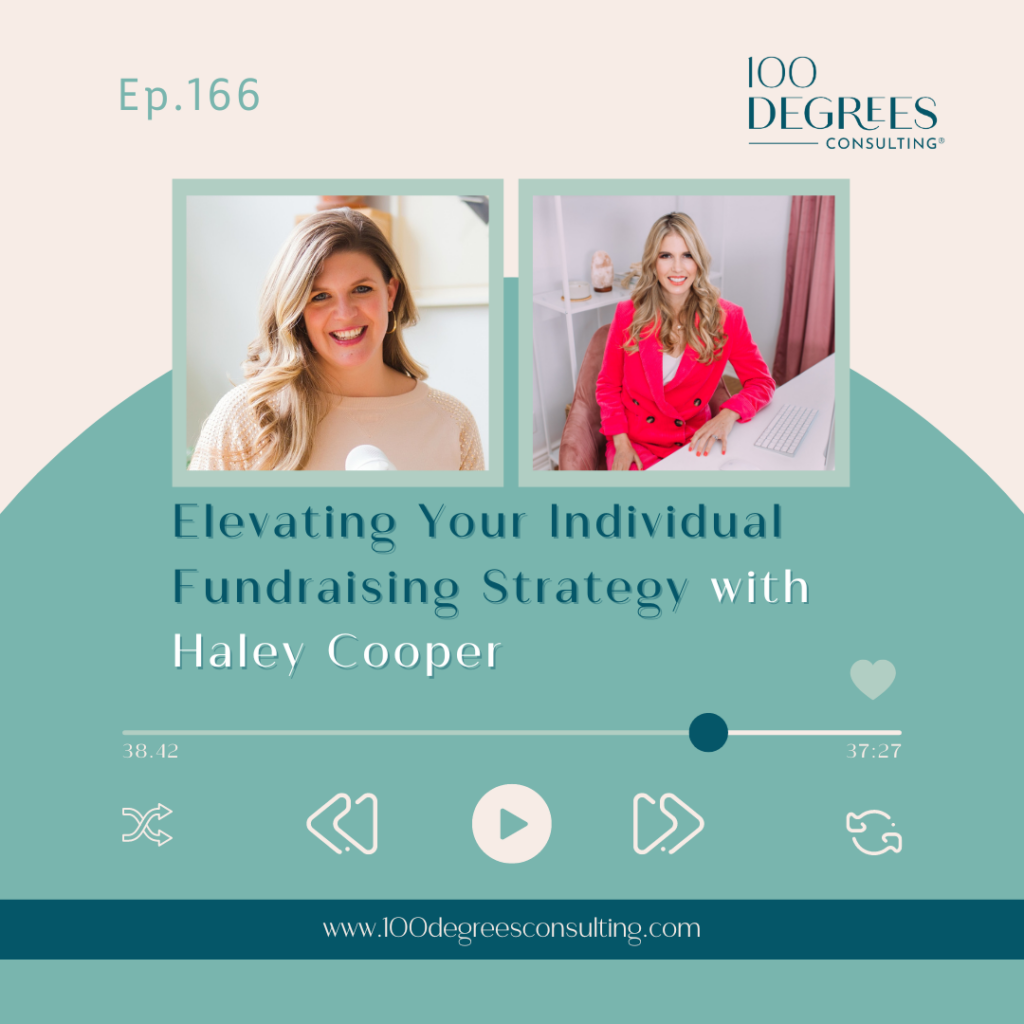I used to think that most things existed in an either/or spectrum. I can either have a fulfilling and lucrative career OR I can be present for my children. I can either support nonprofits and do meaningful work OR I can earn a decent living.
But learning about cultivating an abundance mindset has helped shift my thinking from either/or to both/and. By removing the barriers of limitation I had unconsciously placed in my mind, I’ve opened myself up to opportunities and possibilities I didn’t know existed.
I learned about this in my personal and professional development journey as an entrepreneur and it’s something I’ve always been passionate about bringing to the nonprofit sector too. It’s exhausting to continue to be stressed out that there’s not enough money, funding is running out, we can’t afford to hire help, etc, etc, etc!
Here’s what I know:
Cultivating an abundance mindset can lead to more innovative, collaborative, and sustainable approaches to addressing social issues.
Of course these mindsets exist on a spectrum, and we all exhibit characteristics of both mindsets in different situations. However, understanding when you’re stuck in a scarcity mindset and knowing how to unleash your superpower of an abundance mindset can open you up to brand new possibilities.
Here’s an example of this shift related to funding:
A nonprofit leader with a scarcity mindset might constantly worry about the lack of funding and resources. They may be hesitant to invest in new initiatives or programs due to fear of running out of resources.
Nonprofit leaders with an abundance mindset believe in the potential for attracting diverse funding sources. They focus on developing creative fundraising strategies, exploring partnerships, and leveraging existing resources to maximize impact. (Kailee talks about this on the podcast!)
Donor relationships:
With a scarcity mindset, a nonprofit leader may feel a sense of desperation when engaging with donors (Kailee talks about this on the show too). They may focus solely on immediate fundraising needs and have difficulty building long-term relationships based on trust and shared values.
Leaders with an abundance mindset approach donor relationships as partnerships. They emphasize transparency, communication, and demonstrating the value of their organization’s work. They seek to create a sense of shared purpose and engage donors beyond financial contributions.
Other organizations in your space:
They may view other nonprofits working in the same space as direct competitors, seeing them as a threat to limited funding and donor support. They might be reluctant to collaborate or share resources with others.
They view other nonprofits as potential partners, recognizing that collaboration can lead to collective impact and greater outcomes. They are open to sharing resources, knowledge, and expertise to address shared goals.
See the difference? Imagine how much more you could get done – not only in your day-to-day work, but on a larger scale – if we stopped limiting ourselves, talking ourselves down, and playing small.
Time to play big, my friends, and just see what you can do!
(Want to go deeper? Listen to our podcast interview with Kailee Scales, CEO of Pencils of Promise, for more innovative, collaborative, and sustainable approaches to accomplish your work!)



















